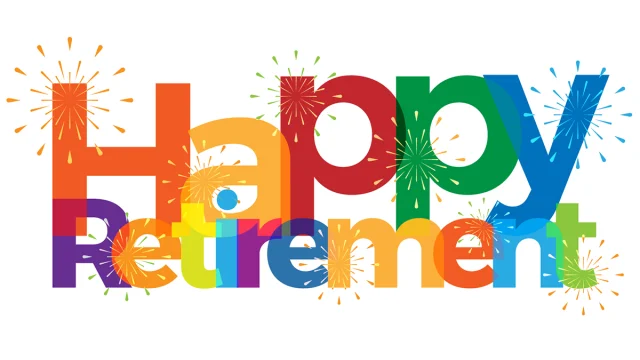Tag: retirement

Much of the disagreement over whether the United States faces a retirement savings crisis hinges on different assumptions on how household consumption changes once the kids leave home. “Optimal savings” studies, which assume that household consumption declines and savings increase when the kids leave, suggest that most people are saving optimally. On the other hand,…

While living in New York City, Clifton Seale and Charles Gilmore piled up an enormous amount of credit card debt for basic expenses and frequent dinners out. After retiring – Seale was a librarian and Gilmore a clergyman – the couple were notified of a $200 rent increase on their Queens apartment. With so muc…










